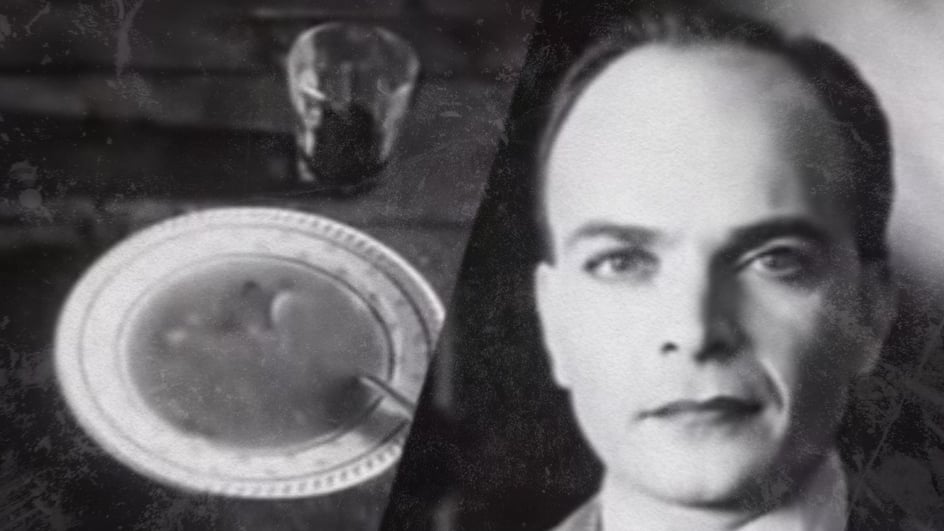
Dec 1, 2020
To borrow a line on film theory from Martin Scorsese, “Cinema is a matter of what’s in the frame and what’s out.”
Viewers make split-second deductions about a film’s meaning based on how the visual and auditory elements marry together during post-production. From minute visual details to musical accompaniments, an audience’s interpretation of a film is guided by the filmmaker.
When producing your next project, you might work with an incredible Foley team and enter into post-production with quality shot and stock footage. But if you don’t take time to consider how to best edit this material together, the emotional depth of the narrative may fall flat.
As basic video editing principles dictate, every shot accounted for in the final edit must be intentional.
Soviet filmmaker Lev Kuleshov not only recognized this fact, but put it to the test. His fascination with experimental editing techniques led to the discovery of what is now known as the Kuleshov effect.
Kuleshov’s work as a film theorist and filmmaker re-shaped the way creators approached post-production, then and now.
This article shares how modern filmmakers like Alfred Hitchcock and Steven Spielberg adapted the Kuleshov effect to create visually and emotionally stimulating cinematic projects.
The Man Behind the Technique
Lev Kuleshov devoted his professional career to the filmmaking process. As a professor at the Moscow Film School, Kuleshov worked with students to identify innovative ways to edit footage together.
During this time, Kuleshov developed the Soviet Montage Theory, which sparked one of the most memorable film movements in the history of film. This theory, and subsequent film movement, directly transpired from his discovery of the Kuleshov effect.
This effect is closely associated with shot arrangement.
In three experimental short films, Kuleshov juxtaposed two unrelated shots and used footage of the actor Ivan Mosjoukine as the control in his editing experiment.
Though the actor had a seemingly neutral expression, Kuleshov recognized that the audience would ascribe new meaning to his expression based on which shot he included alongside the control.
To test this theory, Kuleshov paired the shot of Mosjoukine with a shot of either a bowl of soup, a girl in a coffin, or a woman lying on a couch.
As you can see from the image below, shot selection and arrangement had a significant impact on how viewers perceived the film.
The Kuleshov Effect: Meaning in Every Shot
Kuleshov’s film demonstrates the pivotal role that shot arrangement plays on-screen. Viewers derive meaning from what they see and, for the sake of continuity, make their own connections based on the visual cues that the filmmaker provides.
The Kuleshov effect affirmed that post-production was a transformative stage in the production process — and it showed filmmakers that a single change could shift the entire narrative.
Modern Takes From Famous Filmmakers
Kuleshov’s experimentation with shot arrangement continues to inform the way filmmakers approach shot lists, storyboards, and post-production.
Modern filmmakers adapt the Kuleshov effect in their short and long-form projects to strengthen the emotional impact of a story and anticipate how the audience might interpret each edit.
Alfred Hitchcock: "Pure Cinematics"
Alfred Hitchcock was and is well-renowned in the film industry as the “Master of Suspense” for his work on productions like Psycho (1960) and Rear Window (1954).
He, like Kuleshov, understood the significance of shot arrangement and considered the Kuleshov effect to be a form of “pure cinematics.”
In the video above, Hitchcock demonstrates that a film’s meaning can be completely changed depending on how footage is assembled together.
Similar to Kuleshov’s short films, Hitchcock begins with a close-up shot of an expressionless man — in this case, himself.
A key difference between Kuleshov’s original film and Hitchcock’s modification is that Hitchcock ends his demonstration with a response shot. The change, though subtle, is highly effective in impacting the audience’s perception.
When the close-up response shot of Hitchcock smiling is followed by footage of a mother and child, the audience perceives Hitchcock as “a kindly man.”
But the audience’s perception changes drastically when the response shot follows footage of a woman in a bikini. He becomes “a dirty old man” because of the context of the shot.
Steven Spielberg: Raise Stakes with Shot Reverse Shot
Shot reverse shot is a common editing technique that derives from the Kuleshov effect.
In this scene from Jaws (1975), Steven Spielberg masterfully utilizes this type of shot to build suspense and provide the visual context needed to piece together what is happening on-screen.
Throughout this scene, Spielberg strategically directs the viewers’ attention back and forth between Martin Brody (Roy Scheider) and his surroundings.
Within the first twenty seconds, the suspense builds as the camera follows Brody’s line of sight to the woman in the ocean — but this suspense momentarily subsides when it’s revealed that the woman isn’t in danger.
At the moment when the shark attack happens, the focus transitions from what Brody sees to his response.
In the final moments of the scene, the camera follows the woman who calls for “Alex.” Spielberg captures a close-up shot of her eyes scanning the beach, and in the next shot, the viewers watch as the torn yellow floating device returns to shore
With these two shots alone, Spielberg is able to communicate what just happened to Alex without having to expressly include it in dialogue.
The Kuleshov Effect for Modern Creators
Storytelling is a multifaceted process. Depending on the scale of the production, filmmakers work alongside teams of creators who specialize in different areas of visual and audio production to create captivating films.
While the time spent during planning and filming is crucial, a film is intentionally and strategically pieced together during post-production.
As you cultivate your filmmaking style, it’s important to acknowledge — and not overlook — the contributions of the filmmakers who helped shape the industry.
Lev Kuleshov emphasized the significance of the final edit in shaping and re-shaping meaning. In many ways, he legitimized the editing process by demonstrating how an editor’s innovative techniques could transform RAW or LOG footage into something entirely new.
To simplify the post-production process, Soundstripe gives creators like you the freedom to take creative liberties — without running into copyright complications.
With an ever-growing stock library, you can find the right music, video, and sound effects for any project, anytime.
